What is a major winter storm?
A winter storm can be a moderate snowfall over a few hours or blizzard conditions with wind-driven snow that lasts for days. These storms be accompanied by high winds, freezing rain, sleet, heavy snowfall and cold temperatures. People can be trapped at home, without utilities. Heavy snowfall and blizzards can trap drivers in their cars.
-
 Storm of the Century 1993
Storm of the Century 1993
-
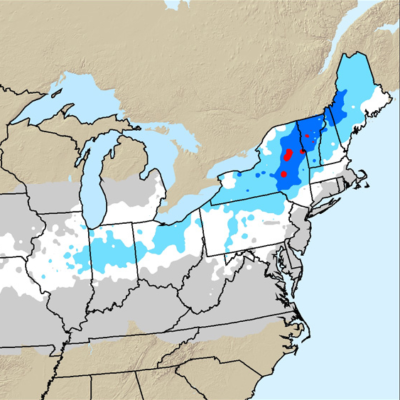 Valentine's Day Storm 2007
Valentine's Day Storm 2007
-
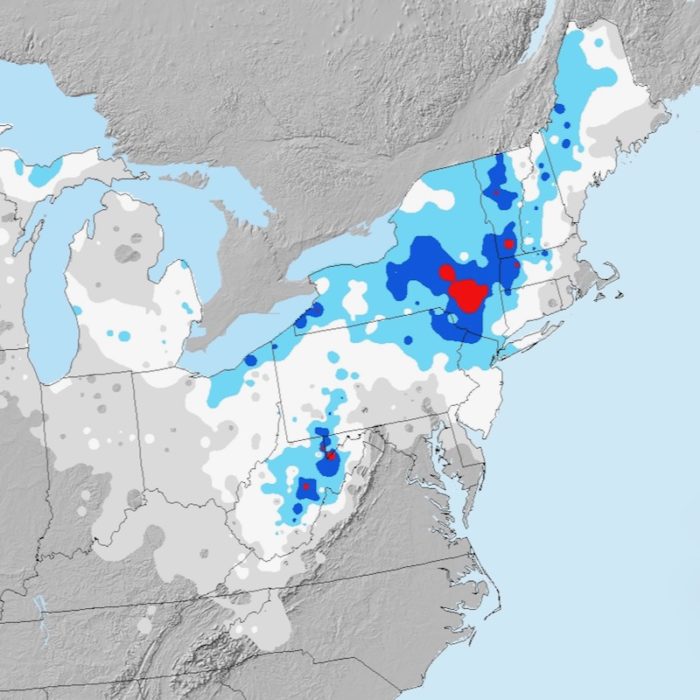 Snowmageddon 2010
Snowmageddon 2010
-
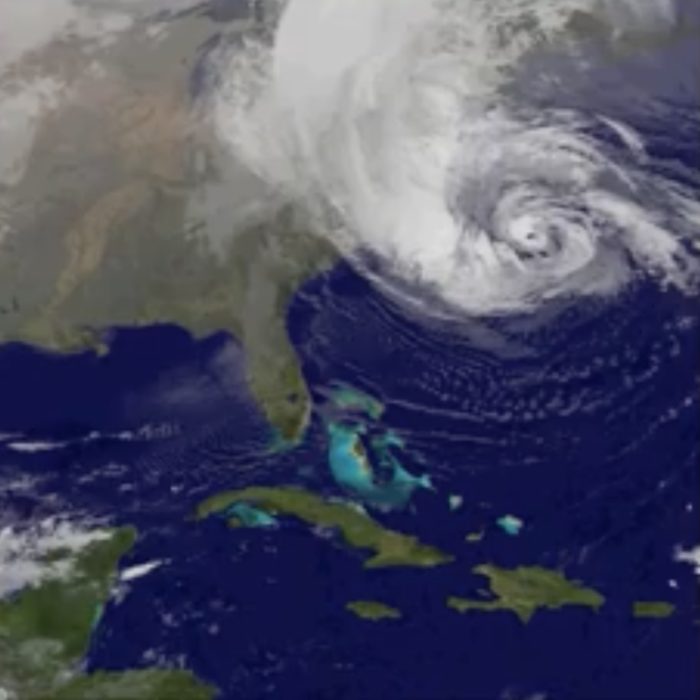 Hurricane Sandy Radar Loop
Hurricane Sandy Radar Loop
-
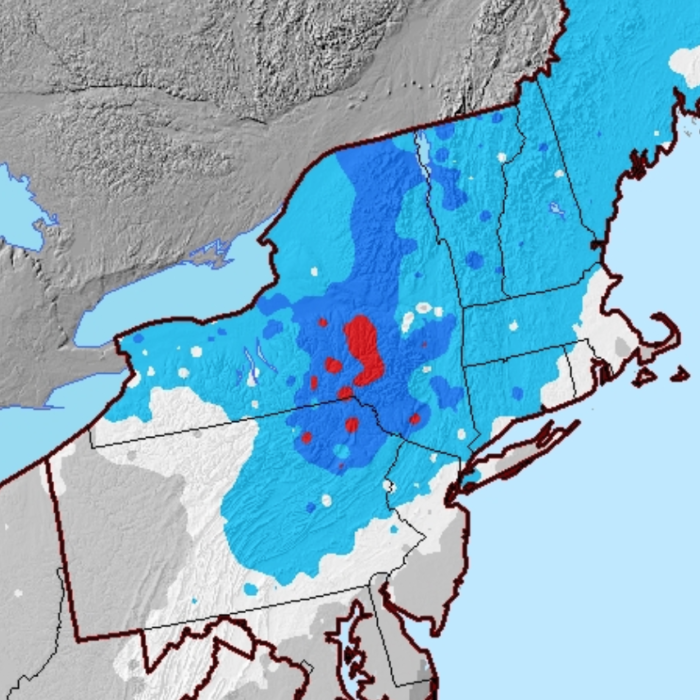 Winter Storm Stella 2017
Winter Storm Stella 2017
-
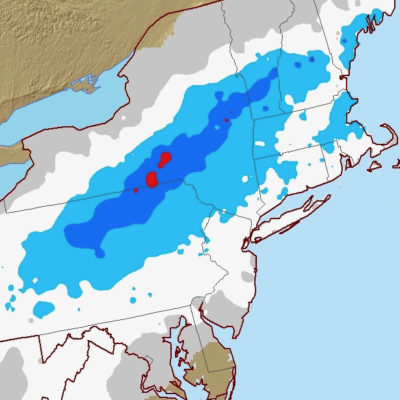 Nor'easter December 2020
Nor'easter December 2020
Major winter storms can impact a region for days, weeks or even months. Some winter storms may be large enough to affect several states, while others may affect only a single community. Many winter storms are accompanied by low temperatures and heavy or blowing snow, which can severely reduce visibility.
There have been dozens weather events that could be classified as major winter storms since weather reporting began in the late 1800s. Generally this classification is determined by the amount of snow, the wind speeds and temperatures.
There is also an unofficial bias towards storms that have had a significant impact on humanity. Because of this, several of the most historic winter storms have fallen on the east coast. Ground zero is generally the northeast corridor, between Boston and Washington DC.
The NESIS Scale, developed by the National Weather Service is a relatively recent metric, created to measure impact. It takes into account the size of the storm and it’s impact on people. Two roughly equivalent storms, meteorologically, that affect different areas, based on population, can achieve very different NESIS scores.
While NESIS is an important metric, our focus is just a bit different. The biggest snowstorm in New York State may still be the historic 1993 Storm of the Century. But our winter storm history, our collection of major winter storms, focuses on those that impact the New York metro, all of New York state, and the ski areas of New York and Vermont.
Sources:
